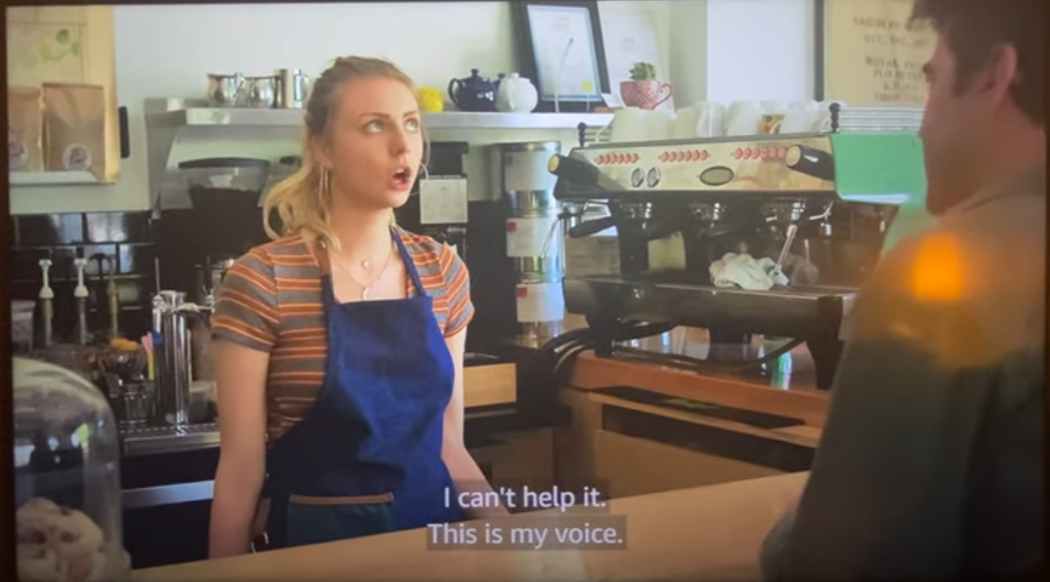
This is the sixth post in a series inspired by Lake Bell’s audiobook chapter “Sexy Baby Voice.” In previous posts last year, I’ve covered the three key features she uses to define this vocal style – bright resonance (which Bell refers to as “high pitch”), creaky voice (“vocal fry”) and legato articulation (“slurring”), and discussed the various ways that we can manipulate our vocal tracts to create or amplify bright or dark resonances.






